Smooth Operator
4 years ago by
When I was young, my mom would help me wax my own legs using one of those at-home kits you plugged into a wall. It was a roller with a cartridge and, once heated up, coated my legs in sticky, honey-colored wax. Strip by painful strip, my legs turned smooth. I grew up the only girl among three boys, but shaving was off-limits for me. “It’ll grow back thicker,” my mom suggested.
Well, I certainly couldn’t afford that. I threw in the towel one day, when I was running late for a party and refused to walk out the door without smoothing my fuzzy calves. Since then, it’s been a constant rotation of hair removal methods: waxing when I feel on top of everything, lasering when I’m ready to commit, shaving when I’m in a rush. (There was also that teenage Nair phase.) And then, of course, there’s avoiding the grooming process entirely, my preferred method during this pandemic.
But as we edge into summer, and back into society, I find myself returning to my roulette of hair removal options. And I have questions. Was my mom right about shaving? Was lasering my armpits irreversible? What’s one to do about ingrown hairs? You would think all this time spent at home has given me the opportunity to finally perfect an easy, manageable grooming routine. And yet, it still seems like a fantasy to think I can shave without missing the backs of my knees, wax in time for a beach vacation (but not too soon that it’s already growing back), or get through all six sessions of laser hair removal.
To avoid this cycle of despair, I turned to the experts. If I learned anything from them, it’s that there’s no right or wrong when it comes to body hair. Pluck, shave, wax, laser, let it grow… but whatever you decide, make the decision yours. You can always change your mind tomorrow.
Does body hair really grow thicker when you shave?
Biz Lindsay, head of marketing and communications, Flamingo
“That’s a total myth. It’s the same hair follicle. While waxing rips it out from the root, shaving cuts it off with a blunt surface. A hair normally comes up into a cone shape; when you shave, you cut it off at the middle, at the thickest part. So it might look thicker for a day or two until it grows out, but it didn’t grow back thicker.”
Christian Karavolas, president, Romeo & Juliette Laser Hair Removal
“It doesn’t grow thicker. The only thing that may happen is, if you shave thin and vellus hair on certain parts of your body, perhaps on your neck, you may get stimulation of hair. It’s called angiogenesis. We do not suggest that one shaves thin or vellus hair.”
How can we make the shaving experience better?
Leslie Tessler, CEO and founder, hanni
“For so many years, waxing was the only hair removal option that left skin baby smooth so people were willing to risk [the pain and irritation]. Traditional disposable razors weren’t cutting it (pun intended) and neither were multi-blade cartridge razors that tug and pull at the skin causing a host of issues like razor burn and ingrown hairs. With hanni, we’re offering the best of both worlds – the ability to painlessly remove hair in the most gentle way possible, leaving skin as smooth as any wax. We want our customers to realize that you don’t need 5, 6, 7 blades with plastic in between – all you need is one clean, fresh blade to get you the smoothest shave of your life.”
Lillian Tung, CMO and co-founder, fur
“One of the things we want to stay at the forefront of is that whatever we are launching meets the spectrum of how [customers] want to groom, and their optionality. Fur was about aftercare products for no matter how you choose to express yourself. Now we finally have the tool to allow you to reach that spectrum. You can shave without the trimmer. If you attach these trimmer guides, that gives you the trimming effect.”
Are there any true permanent solutions to body hair removal?
Leslie Tessler, CEO and founder, hanni
“Not that I’m aware of. Most women experience some regrowth, even with popular ‘permanent hair removal’ treatments like IPL and laser so most women are going to continue to need a razor, at least for touch ups. Not to mention the fact that these ‘permanent’ solutions aren’t ideal for many women based on the texture and color of your skin/hair.”
Christian Karavolas, president, Romeo & Juliette Laser Hair Removal
“Laser hair removal is a permanent solution if it’s done properly with the right lasers at the right settings. The only areas where you may need more sessions are hormonal areas such as chin or neck or upper arms. Any change in the metabolism may affect a person’s hair growth so those require more sessions. All skin types and complexions can be treated. It’s not effective for white hair, it’s not effective for light blonde hair, and it’s not effective for light red hair. But any pigmented hair, the laser will target and give permanent results.”
Why does skin get irritated after waxing, shaving, or lasering? What can we do about it?
Biz Lindsay, head of marketing and communications, Flamingo
“Ingrowns are formed when dead skin cells build up over the hair follicle and block the follicles so the hair can’t get out, so it grows up until it hits the surface and curls back on itself. That’s why you get them also in places where your hair is curlier or thicker or longer, like armpits and pubic hair. The best way to combat that is exfoliation. You can do that with physical or mechanical exfoliation, like an exfoliating mitt, or chemical exfoliation, with any type of acid that’s going to slough away that skin and that frees it so that the hair can grow up and out.
Irritation is generally because you’re doing some type of trauma to the skin, like dragging something alongside it, or with waxing, pulling out instead of across. Anything that’s soothing, like aloe vera, is a really good solve for that. Irritation tends to be temporary, whereas ingrowns tend to form and build over time. They can go away on their own, it will probably just take longer. If you’re wearing jeans, you’re naturally exfoliating your skin in some way.”
Lillian Tung, CMO and co-founder, fur
“Most people think it only has to do with hair removal, but you can get ingrown hairs on areas where you’re not even removing your hair because it all has to do with hair follicle growth. So anywhere that hair is growing out of can get trapped underneath the sebum, the dead skin, and then the bacteria can get in there and irritate it all. You want to be combating your dead skin buildup and keeping your pores clean, which is why we encourage a lot of exfoliation—not intense, harsh exfoliation, which can tear your skin, cause redness and inflammation, and actually worsen the problem. On top of that, you want an anti-microbial treatment to clarify your pores, to make sure that the bacteria in there does not harbor and cause more irritation and redness.”
Christian Karavolas, president, Romeo & Juliette Laser Hair Removal
“Usually, after lasering, the skin gets something called perifollicular edema, where the follicle gets raised, the skin gets a little irritated, and you get a rash type of sensation. That usually dissipates within 20 minutes to a couple of hours. Any kind of soothing cream, aloe vera or hydrocortisone 1%, may alleviate those symptoms.”
Any at-home DO’s when it comes to hair removal?
Leslie Tessler, CEO and founder, hanni
“The most important thing to remember is to always use as fresh and clean a blade as possible. I was guilty of leaving my razor cartridge on for way too long. I’d wait until the jelly strip was starting to fade away before switching out. I think a big part of that is because cartridges are still so expensive and wasteful, people feel guilty switching them out as often as they should. We’re really trying to educate consumers on the importance of switching out your blades frequently, not only for smoother skin but also for general hygiene as well.”
Lillian Tung, CMO and co-founder, fur
“No matter how you’re grooming it, there are basically three things we believe in—exfoliate, moisturize, and treat—which is not groundbreaking for any sort of skincare regimen. Exfoliate: We either have physical ones, which is like our tree oil or our silk scrub. Moisturize: fur oil if you have a little bit more hair, stubble cream if you have more just skin. And then treat: if you get really bad razor burn in certain areas, you really bad ingrown hairs, the final step is ingrown concentrate.”
Any at-home DON’T’s?
Laura Schubert, CEO and co-founder, fur
“Brazilian wax. Even Brazilian waxers generally don’t wax themselves. I think waxing is really a professional skill.”
Lillian Tung, CMO and co-founder, fur
“Ingrown extraction. If you have ingrown hairs, despite what Dr. Pimple Popper says, please don’t try to do that on your own because you can push the hair further down and it’ll just get worse.”
Christian Karavolas, president, Romeo & Juliette Laser Hair Removal
“[If you’re going to do laser], don’t be sunbaked. If you’re sunbaked, we don’t treat you for two to three weeks. If you’re in the sun and you use sunscreen, we can treat you within a week to 10 days of being in the sun. We just use gentler settings to get rid of your hair without damaging your skin. And we don’t want you to use self-tanners before a treatment. With self-tanners, the pigment keeps coming up throughout the day, so you may have some marks or blotchiness on your skin a few days after your treatment.”
How do you define ‘normal’ when it comes to hair growth and removal?
Biz Lindsay, head of marketing and communications, Flamingo
“There’s no definition of normal. There are all kinds of normal. It is normal to have a Caesarian and have a scar and get ingrowns on that scar when your hair grows back after your birth. It’s also normal to choose to shave your legs and not your armpits one day, or grow out your legs and wax your armpits, or have a full bush one month, and decide to get a Brazilian the next.”
Laura Schubert, CEO and co-founder fur
“We all have pubic hair and skin. We all have body hair. We all either groom it or choose not to—and that’s okay. When I was doing research [before starting fur] in 2015, I found a bunch of studies that showed that 99% of people have removed pubic hair at some point. But it changes. It changes with the season. It changes with the partner. It changes with what people want to do. It’s like your head hair, everyone’s on a constant cycle and we want to be with people for their journey.”

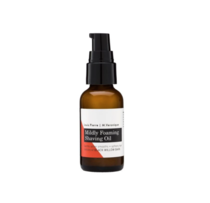
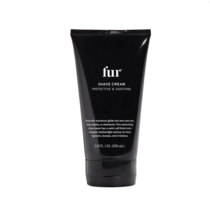
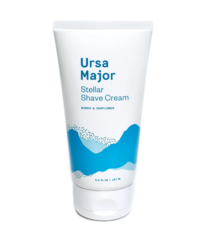
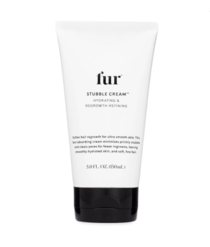
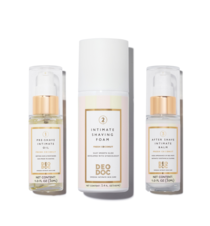
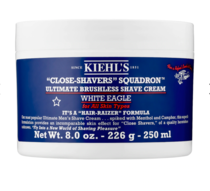


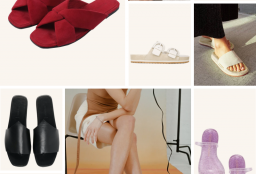






















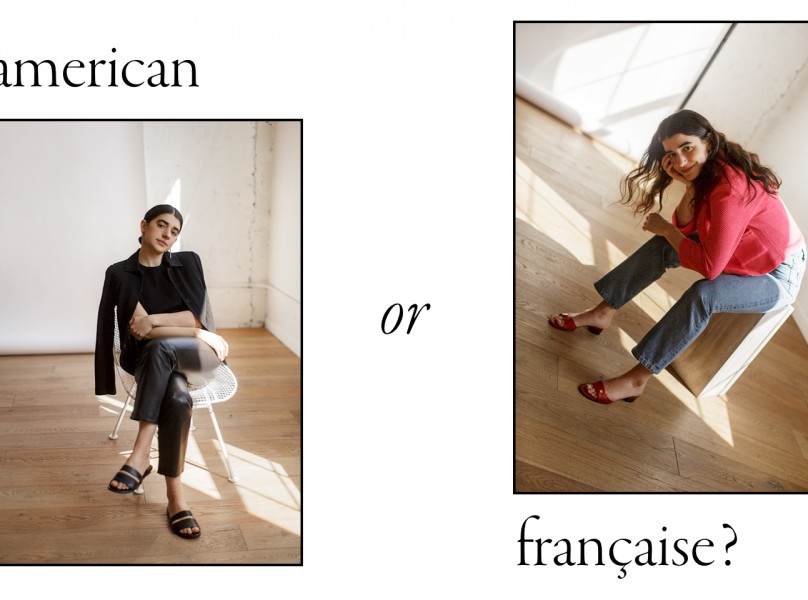

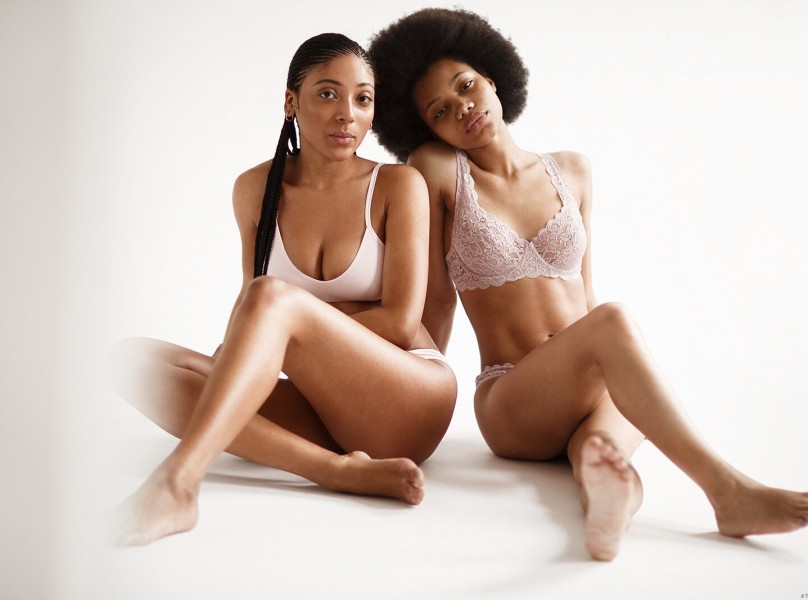

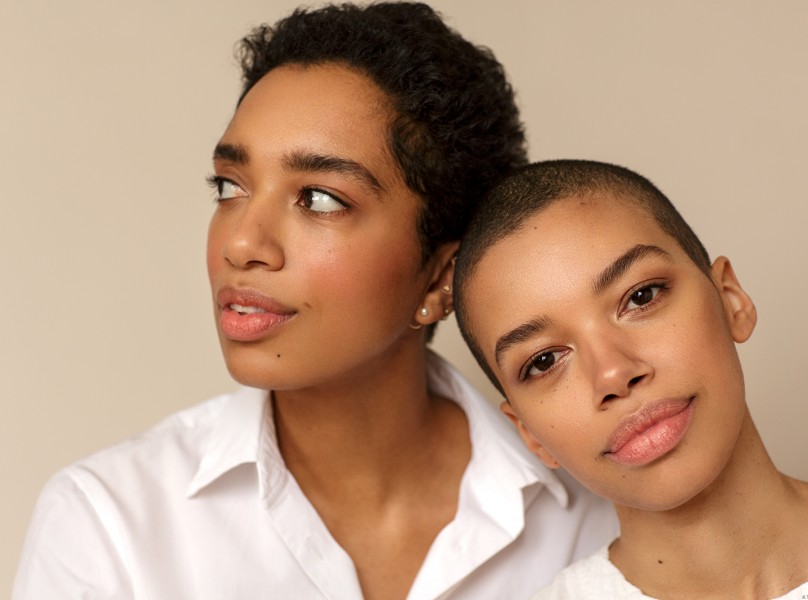


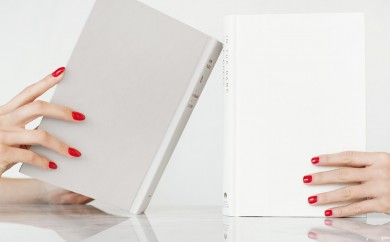



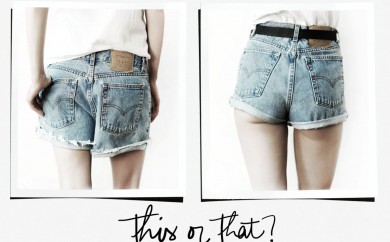
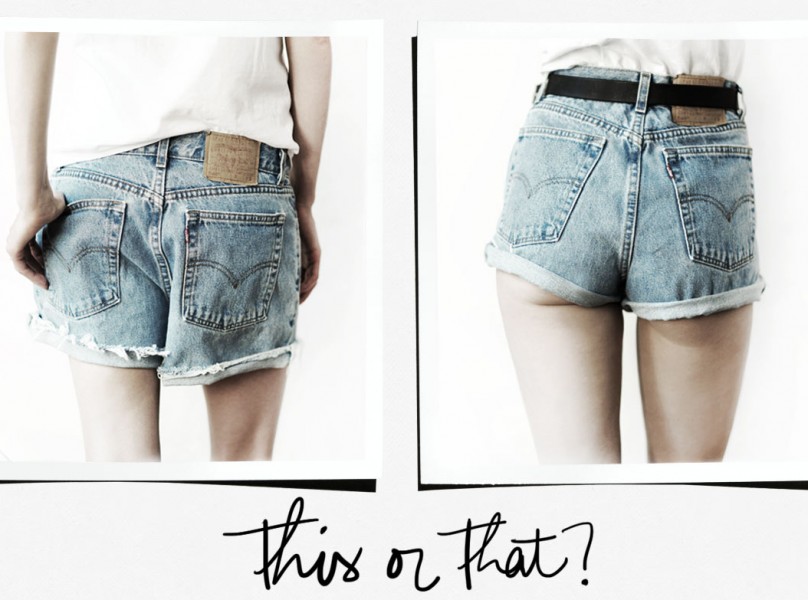


















You didn’t even mention electrolysis!
Hei! This is one purfect summer swimsuite! Please let us know who makes it?